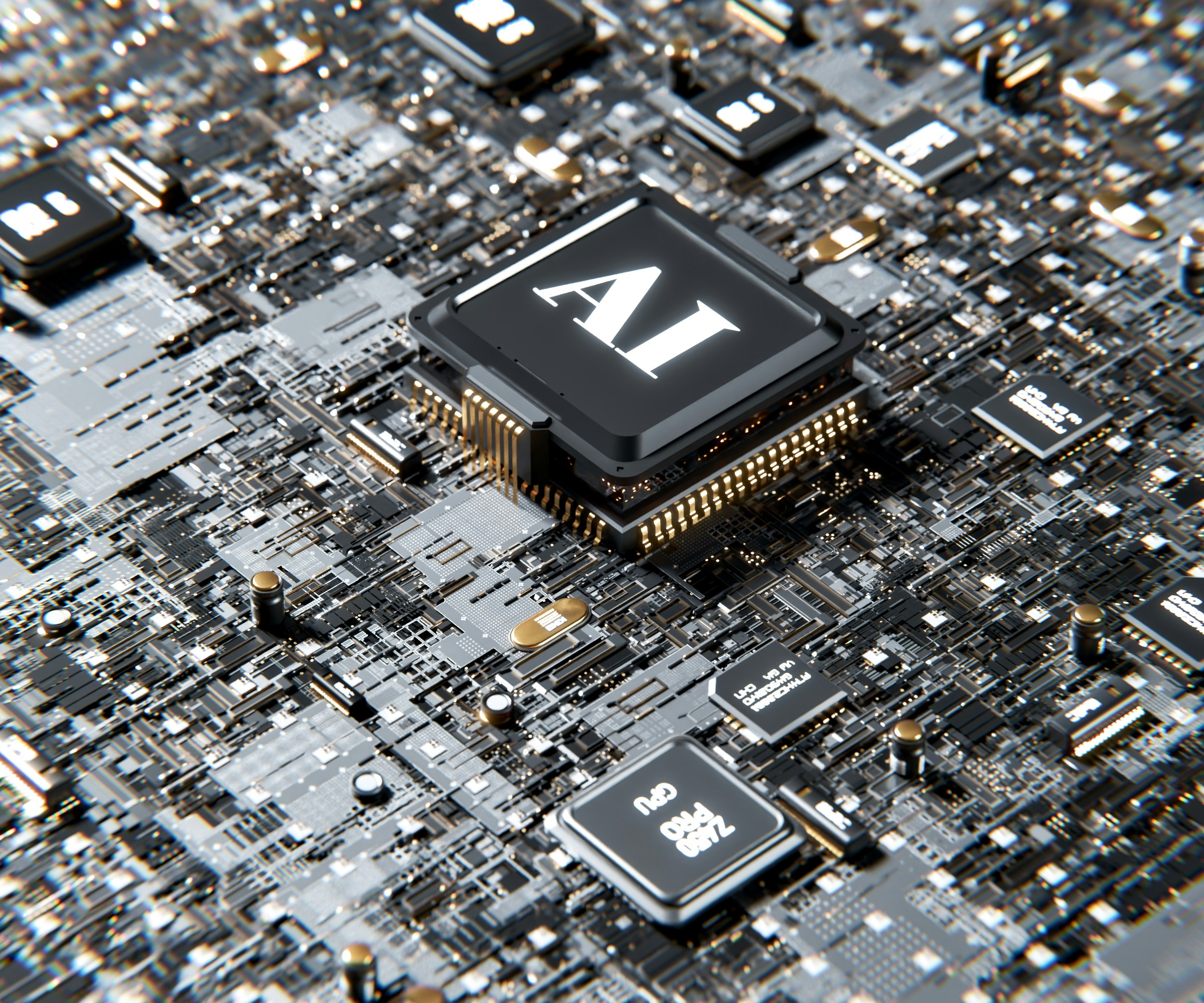
FROM OUR BLOG
FROM OUR BLOG
FROM OUR BLOG
The Three Pillars of AI: Understanding the Artificial Intelligence Ecosystem
Jul 1, 2025



When most people think of "AI," their favorite chatbot or voice assistant may be the first thing that comes to mind. These user-friendly tools are the most visible face of the technology, but behind the scenes, AI is actually developed, powered, and deployed for real-world use by a complex web of companies.
This ecosystem can be broadly divided into three categories:
The Infrastructure Providers: The Foundation Layer
Think of these companies as the "picks and shovels" of the AI boom. They provide the essential building blocks that make AI development possible.
Data companies like Aris fuel AI with the information it needs to learn. Data is often gathered through web scraping or public databases, or is synthetically generated by another model. Aris stands apart by collecting multimodal, human-generated data on-demand to feed AI models the fresh, permissioned data they need to improve.
Hardware providers supply AI companies with the heavy-duty processors needed to train and run models. Graphics Processing Units (GPUs) process massive datasets simultaneously, making them ideal for training complex neural networks, while Tensor Processing Units (TPUs) are designed to accelerate AI training in a more energy-efficient way.
Software platforms offer the optimization tools, storage solutions, and processing frameworks that handle AI's enormous data demands. Without scalable storage and efficient data processing, even the best algorithms would collapse under their own computational weight.
The Model Builders: The Architects
These are the classic AI companies, which develop the general-purpose chatbots we know and love. They fall into two camps:
General purpose model developers create multimodal AI systems designed to understand and respond across domains. These models require massive datasets, enormous computational resources, and teams of hundreds of researchers.
Specialized AI builders focus on narrow applications such as customer service bots, translation tools, or medical diagnostics. They trade breadth for depth, creating AI that excels in specific use cases.
The Applied Operators: The Implementors
These companies are the ones putting AI to work. They’ve been using machine learning since long before it was trendy by embedding it into real-world systems to solve existing challenges.
Some, such as UPS, use AI to optimize delivery routes and fleet management. Others, like Bloomberg, integrate machine learning to pull insights from massive datasets. And enterprise platforms like Salesforce now integrate AI into their products to automate decision-making, personalize experiences, and reduce human error.
These systems might not feel like "AI" because they’re seamlessly woven into existing workflows, but they quietly accelerate human productivity across every industry.
The Ecosystem's Next Steps
Together, these three layers create the AI we interact with at work and in everyday life. But as AI continues to evolve, we'll see increasing demand for specialized, high-quality datasets collected globally to fill the gaps that models aren’t yet able to address. The companies bridging that gap – like Aris, which specializes in niche, nuanced data – will help define AI's next chapter.
When most people think of "AI," their favorite chatbot or voice assistant may be the first thing that comes to mind. These user-friendly tools are the most visible face of the technology, but behind the scenes, AI is actually developed, powered, and deployed for real-world use by a complex web of companies.
This ecosystem can be broadly divided into three categories:
The Infrastructure Providers: The Foundation Layer
Think of these companies as the "picks and shovels" of the AI boom. They provide the essential building blocks that make AI development possible.
Data companies like Aris fuel AI with the information it needs to learn. Data is often gathered through web scraping or public databases, or is synthetically generated by another model. Aris stands apart by collecting multimodal, human-generated data on-demand to feed AI models the fresh, permissioned data they need to improve.
Hardware providers supply AI companies with the heavy-duty processors needed to train and run models. Graphics Processing Units (GPUs) process massive datasets simultaneously, making them ideal for training complex neural networks, while Tensor Processing Units (TPUs) are designed to accelerate AI training in a more energy-efficient way.
Software platforms offer the optimization tools, storage solutions, and processing frameworks that handle AI's enormous data demands. Without scalable storage and efficient data processing, even the best algorithms would collapse under their own computational weight.
The Model Builders: The Architects
These are the classic AI companies, which develop the general-purpose chatbots we know and love. They fall into two camps:
General purpose model developers create multimodal AI systems designed to understand and respond across domains. These models require massive datasets, enormous computational resources, and teams of hundreds of researchers.
Specialized AI builders focus on narrow applications such as customer service bots, translation tools, or medical diagnostics. They trade breadth for depth, creating AI that excels in specific use cases.
The Applied Operators: The Implementors
These companies are the ones putting AI to work. They’ve been using machine learning since long before it was trendy by embedding it into real-world systems to solve existing challenges.
Some, such as UPS, use AI to optimize delivery routes and fleet management. Others, like Bloomberg, integrate machine learning to pull insights from massive datasets. And enterprise platforms like Salesforce now integrate AI into their products to automate decision-making, personalize experiences, and reduce human error.
These systems might not feel like "AI" because they’re seamlessly woven into existing workflows, but they quietly accelerate human productivity across every industry.
The Ecosystem's Next Steps
Together, these three layers create the AI we interact with at work and in everyday life. But as AI continues to evolve, we'll see increasing demand for specialized, high-quality datasets collected globally to fill the gaps that models aren’t yet able to address. The companies bridging that gap – like Aris, which specializes in niche, nuanced data – will help define AI's next chapter.
Stay connected to us.
Stay in the loop with the latest in AI, data, and Aris.
Stay connected to us.
Stay in the loop with the latest in AI, data, and Aris.
Stay connected to us.
Stay in the loop with the latest in AI, data, and Aris.



